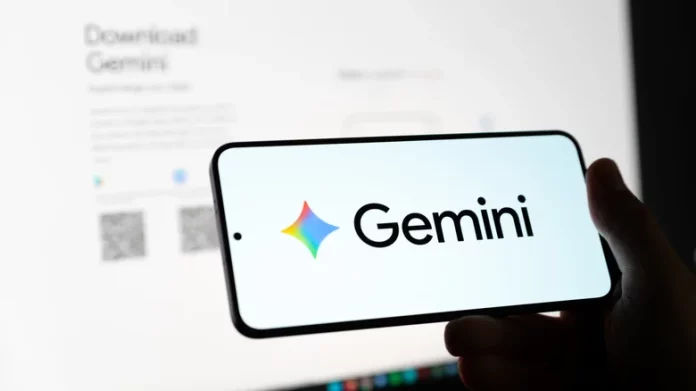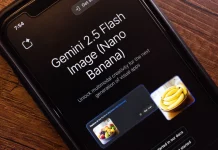Google recently launched Gemini 3, its most advanced AI chatbot yet, boosting its capabilities with features like generative UI. However, what makes this update truly exciting isn’t just the new power behind it. One of the most notable enhancements is Gemini’s newly acquired ability to detect whether an image was created by AI.
The notion of using AI to uncover AI-generated content might seem ironic, but as AI-powered tools proliferate, creating increasingly convincing, human-like content, the need for detection grows ever more critical. Google is rolling out a feature to identify invisible watermarks embedded in AI-generated images as part of Gemini’s latest capabilities.
This detection tool builds on Google’s SynthID Detector, originally launched earlier this year. SynthID works by embedding a covert digital watermark into AI-generated images, videos, audio, and even text. These watermarks are integrated into several systems, including Gemini itself. Google’s detection system scans uploaded images for these hidden watermarks, providing a reliable way to distinguish AI-created content.
Accessible as a connected app within Gemini, the detector lets users upload a photo and tag @SynthID in the chatbot to verify whether the image was AI-generated. Unlike traditional visible watermarks, SynthID conceals the marker within the image’s metadata, making removal difficult.
The detector can even estimate the extent to which the watermark is present in different parts of an image. For instance, if AI edited only a section of a photo, the watermark might show up solely in that edited area. While this system is effective, its impact depends on widespread adoption, and Google is actively encouraging more partners to implement SynthID.





